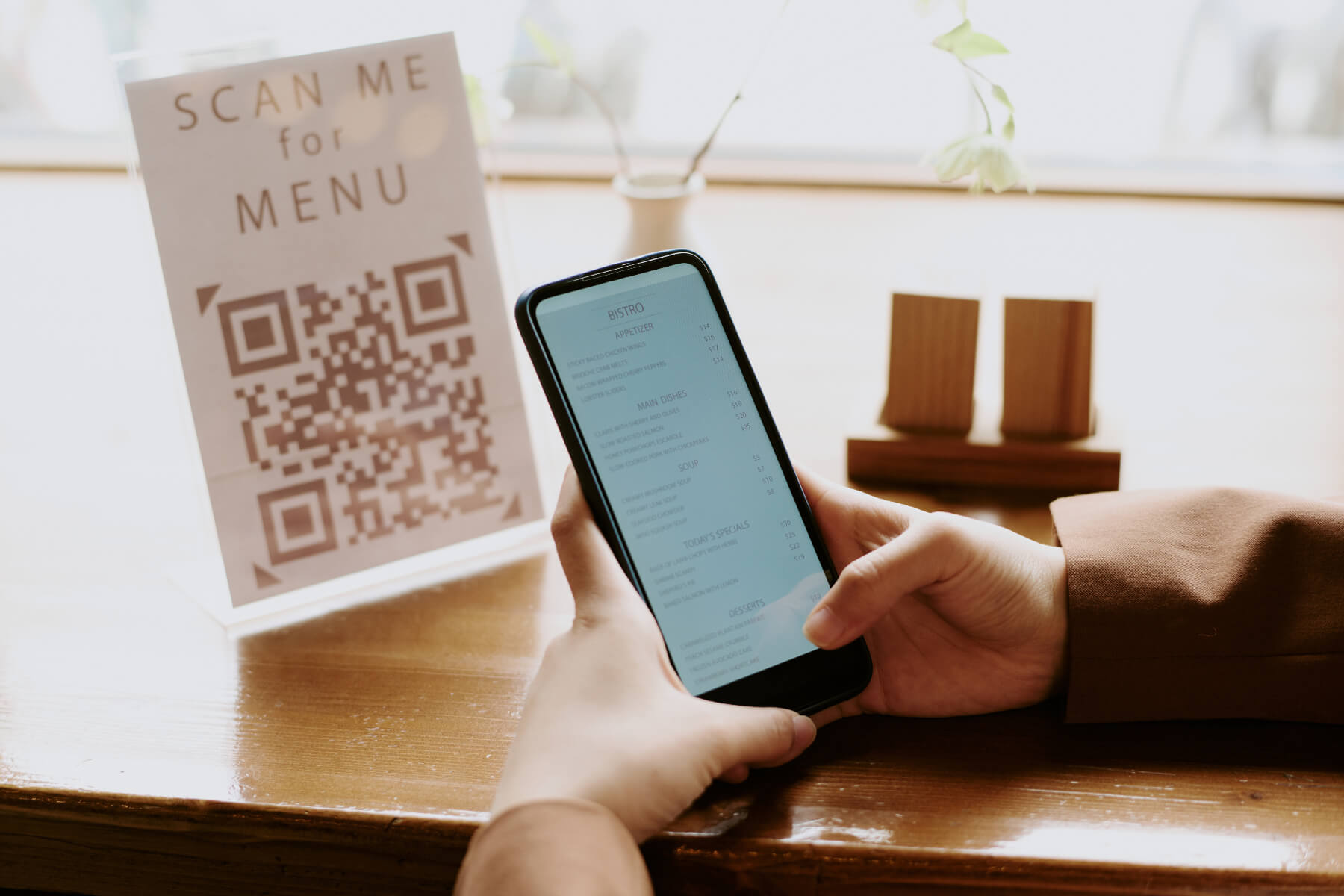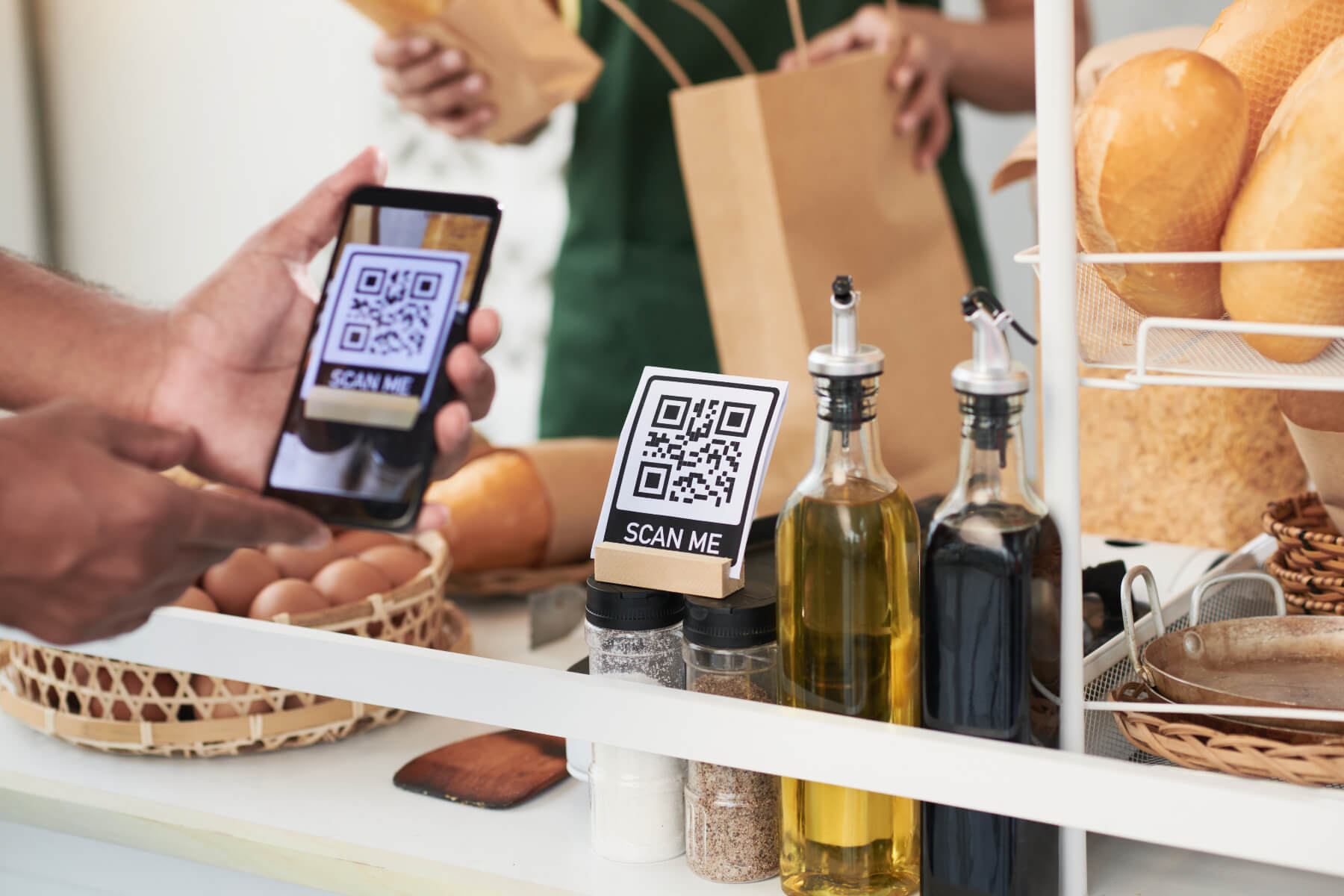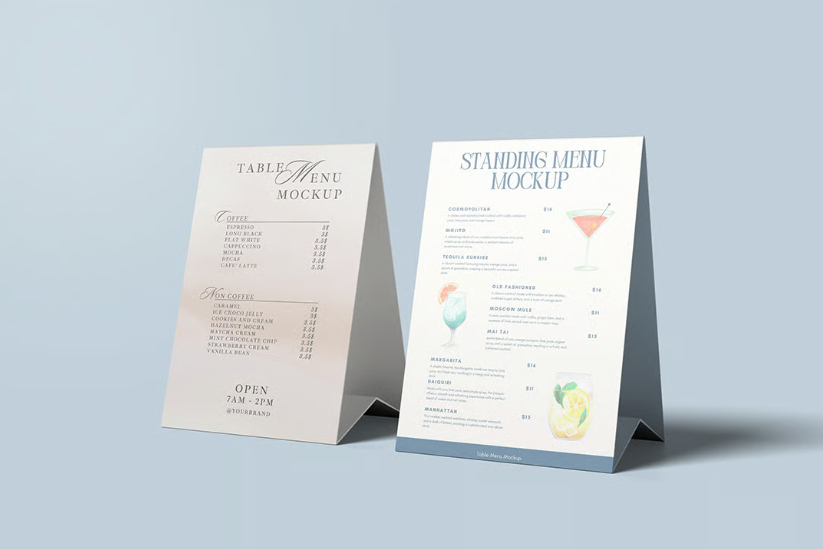A few years ago, QR codes were easy to overlook. They usually appear sporadically in print ads, on TV or on product packaging, mostly ignored by many. But today, they’ve become a familiar part of everyday life.
With smartphones in almost everyone’s hands, QR codes have made a big comeback. Now, they’re a surprisingly strong marketing tool that can enhance marketing strategies for businesses of any size.
This isn’t just a passing trend. Whether you’re a solo entrepreneur or a big brand, QR codes open the door to faster customer engagement, cost savings, and seamless connections between your offline and online marketing.
Below, we'll explore why QR codes are so important and, more importantly, how you can start incorporating them into your QR code marketing campaigns. You can deploy QR codes on postcards, business cards, flyers, and many other materials to effectively guide customers and boost engagement.
What Are QR Codes
QR codes (short for “Quick Response” codes) are scannable barcodes that appear as a grid of black and white squares arranged in a square format. Unlike traditional barcodes that only store product info, QR codes can connect users directly to digital content, such as websites, videos, payment pages, promotions, and more, all with a quick scan.
How They Work
Using a QR code is simple. A customer just opens their mobile devices' camera and points it at the code. The phone quickly recognizes the pattern and automatically opens the linked content without any need to type or search. Just one quick scan, and they’re there.
Why Businesses Should Embrace QR Code Marketing
QR codes aren’t just a trend, they’re a powerful tool for modern customer engagement. When used strategically, they make interactions smoother, faster, and far more insightful.
- Seamless Offline-to-online Bridge: Transform any flyer, packaging, receipt, or sign into an instant digital gateway that leads customers exactly where you want them.
- Cost effective Solution: With free generators and easy to use design tools, static QR codes can be created at virtually no cost, perfect for small businesses on a budget.
- Actionable Insights: Unlike static versions, dynamic QR codes let you update your destination links anytime and track real time analytics such as scans, geo-data, and peak engagement times. This gives you a clear picture of what’s working.
- Unmatched Flexible: Drive traffic to websites, social media, payment apps, videos, menus, or exclusive promotions all from a single scan.
- Contactless Convenience: Especially valued in industries like food service, retail, and events, QR codes meet the growing demand for touchless customer interactions.
Regardless of your industry, or small businesses and large enterprises alike, QR code marketing offers a low barrier, high impact solution to stay competitive in a digital first world.
How to Use QR Codes in Your Marketing Materials
QR codes unlock endless possibilities for connecting with your audience, and the best part is, they’re simple to integrate into any custom printed piece. Whether you’re looking for creative ideas or practical applications, here are some of the most effective ways to get started:
Product Packaging
An easy and fun way to elevate your packaging can be done by including a QR code on boxes, labels, sell sheets, and even package inserts. A quick scan can take customers to detailed product info, user manuals and instructions, warranty registration, care tips, or step by step video guides.
This small addition makes a big difference in the post-purchase experience and builds trust right out of the box.
Event Promotion Materials
Make it easy for people to engage with your event by adding QR codes to posters, flyers, or tickets. With just one scan, attendees can:
- View event details
- Register or buy tickets
- Access interactive schedules
- Open maps and directions
QR codes simplify the process from signing up to showing up, creating a smoother experience for your audience.

Restaurant Menus
In restaurants, QR codes have become a go to tool for sharing menus in a simple, engaging way. With a quick scan, diners can see full menu descriptions, browse photos, check nutrition details, or even customize their orders. Whether it’s dine in or takeout, QR codes make the experience smoother and more interactive.
For Example: A restaurant places a menu with a QR code on each table. When scanned, it opens a digital menu with daily specials, photos of featured dishes, and an option to order directly from the phone. No need to wait for a server.
Business Cards, Brochures & Signage
A modern business card isn’t just about contact details anymore it’s about creating instant connections. By adding a QR code on your business card, brochure, or sign, you give people one scan access to your website, featured products, portfolio, or social media.
This small addition removes the hassle of typing in links, speeds up follow ups, and makes it effortless for new contacts to connect with your digital presence.
Coupon Codes & Discounts
Want to boost your next direct mail campaign? Include unique QR codes that reveal special discount codes or promo offers when scanned. It’s a seamless and trackable incentive that invites recipients to take action instantly.
Contact Information
Networking is smoother when your details are only a scan away. Add a QR code to business cards or promotional items that, when scanned, saves your contact info directly into a phone, perfect for trade shows or client meetings.
Customer Surveys & Feedback
Gathering feedback has never been easier. Add a QR code to package inserts, follow up mailers, or feedback cards. Customers can instantly pop over to a survey and share their thoughts, helping you fine tune your products and services with real customer input.
Using QR codes in this way transforms ordinary print materials into engaging, interactive experiences that capture attention and drive meaningful customer interaction, one simple scan at a time.
Key Benefits of QR Codes for Marketing Campaigns
QR codes don’t just add convenience. They deliver real marketing power by:
- Boosting engagement with interactive experiences.
- Shortening the buyer journey: customers can instantly learn more or make a purchase without friction.
- Allowing personalization and updates: Dynamic QR codes let you change the destination without having to reprint materials.
- Saving paper and costs: Help your business go greener by reducing the need for bulky printed info.
- Leveling the playing field for small/local businesses: QR codes open digital connections without big budgets.
Industries That Benefit Most from QR Codes
While QR codes are useful for almost any business, some industries see especially high impact:
- Restaurants & Hospitality: Digital menus, reservations, special promotions.
- Retail: Discounts, loyalty programs, or detailed product info.
- Real Estate: Instant access to property details and virtual tours via “For Sale” signs.
- Healthcare: Appointment scheduling, patient instructions, or educational campaigns.
- Events & Entertainment: Event ticketing, schedules, and behind the scenes content.
- Nonprofits: Make donating as simple as a scan.

Tips for Creating Effective QR Codes
To make sure your it works smoothly and deliver a great customer experience, it’s important to create them right. Below are some simple guidelines to keep in mind when producing the QR codes that are easy to scan and reliably connect people to your online content.
Size Matters
Make your QR codes large enough for quick, easy scanning. Tiny or blurry codes can be frustrating and often won’t scan properly. Make sure size is at least 2 x 2 cm (0.8 x 0.8 inches). This helps achieve reliable scanning across most smartphones, providing a smooth user experience for your audience.
This size keeps the it small but still easy to read, helping to avoid common problems when scanning.
Strong Contrast
Choose colors that clearly stand out from each other. The classic black code on a white background works best, but any dark color on a light background will usually do the trick. For example, navy blue on a beige background creates enough contrast for easy scanning. This sharp difference helps scanners read your QR code quickly and reliably.
Avoid Reversed Colors
Don’t flip the colors so the QR code’s pattern is light and the background is dark. This means the usual dark squares become light, and the light background becomes dark. Such color reversal confuses scanners because they expect dark shapes on a light background, so it often causes errors or makes the code unscannable.
Stick to using a dark pattern on a light background to ensure reliable scanning every time.
Keep it Sharp
People often scan QR codes quickly on the go using their smartphones. Pixelated or blurry codes often won’t scan properly, especially in fast or low-light situations. Using a high quality, sharp image ensures the QR code scans reliably every time, whether it’s on a flyer or a product label. A low-res version can look fuzzy and fail to work when people need it most.
Mobile Friendly Landing Page
The webpage your QR code links to should work smoothly on smartphones and tablets. It needs to load quickly, look good on small screens, and show visitors a clear next step to take. like signing up, making a purchase, or downloading something.
For example, a mobile friendly landing page might have a big, easy to tap button that says “Get Started” right at the top, eliminating any need for visitors to scroll or wonder what action to take next. This clear call to action removes all guesswork and guides users smoothly toward their next step.
Test Before Print
Always scan your QR code on multiple devices before printing to make sure it works and directs to the right place. Testing helps catch any problems early, preventing frustrated customers and wasted print materials. For example, try scanning with both Android and iPhone cameras, in different lighting, to confirm smooth scanning and the correct webpage is loading.
Final Thought
QR codes have evolved from forgotten barcodes into powerful marketing tools that connect the physical and digital worlds seamlessly. Whether you’re a small business or a global brand, integrating QR codes into your marketing materials like packaging, event promotions, menus, or business cards can boost engagement, save costs, and deliver real time insights.
By following simple best practices making codes easy to scan, using strong contrast, ensuring mobile friendly landing pages, and testing before printing you’ll create smooth, meaningful experiences for your customers that encourage action and build lasting connections.
Today, QR codes are more than a convenience, they’re a strategic advantage for any size business and can enhance your marketing efforts . Start harnessing their potential now to make every customer interaction smarter, faster, and more memorable.




